Indications
Avas is indicated as an adjunct to diet to reduce elevated total cholesterol, LDL cholesterol, apolipoprotein B (Apo-B) and triglycerides levels in following diseases when response to diet and other non-pharmacological measures is inadequate.
To reduce total cholesterol and LDL cholesterol in patients with heterozygous and homozygous familial hypercholesterolaemia.
To reduce elevated cholesterol and triglycerides in patient with mixed dyslipidemia (Fredrickson Type Ia and Ib).
For the treatment of patients with elevated serum triglyceride levels in hypertriglyceridaemia (Fredrickson Type IV).
For the treatment of patients with dysbetalipoproteinaemia (Fredrickson Type III).
To reduce cardiac ischaemic events in patients with asymptomatic or mild to moderate symptomatic coronary artery disease with elevated LDL-cholesterol level.
To reduce total and LDL-cholesterol concentrations patients with hypercholesterolemia associated with or exacerbated by diabetes mellitus or renal transplantation.
Pharmacology
Atorvastatin is a selective inhibitor of HMG-CoA reductase. This enzyme is the rate-limiting enzyme responsible for the conversion of HMG-CoA to mevalonate, a precursor of sterols, including cholesterol. Atorvastatin lowers plasma cholesterol and lipoprotein levels by inhibiting HMG-CoA reductase and cholesterol synthesis in the liver and increases the number of hepatic LDL receptors on the cell surface for enhanced uptake and catabolism of LDL.
Absorption: Atorvastatin is rapidly absorbed after oral administration; maximum plasma concentrations occur within 1 to 2 hours. Extent of absorption increases in proportion to Atorvastatin dose. The absolute bioavailability of Atorvastatin (parent drug) is approximately 14% and the systemic availability of HMG-CoA reductase inhibitory activity is approximately 30%.
Distribution: Mean volume of distribution of Atorvastatin is approximately 381 liters. Atorvastatin is 98% bound to plasma proteins. A blood/plasma ratio of approximately 0.25 indicates poor drug penetration into red blood cells. Based on observations in rats, Atorvastatin is likely to be secreted in human milk.
Metabolism: Atorvastatin is extensively metabolized to ortho- and parahydroxylated derivatives and various beta-oxidation products. In vitro inhibition of HMG-CoA reductase by ortho- and parahydroxylated metabolites is equivalent to that of Atorvastatin. Approximately 70% of circulating inhibitory activity for HMG-CoA reductase is attributed to active metabolites. In vitro studies suggest the importance of Atorvastatin metabolism by cytochrome P450 3A4, consistent with increased plasma concentrations of Atorvastatin in humans following coadministration with erythromycin, a known inhibitor of this isozymes. In animals, the ortho-hydroxy metabolite undergoes further glucuronidation.
Excretion: Atorvastatin and its metabolites are eliminated primarily in bile following hepatic and/or extra-hepatic metabolism; however, the drug does not appear to undergo enterohepatic recirculation. Mean plasma elimination half-life of Atorvastatin in humans is approximately 14 hours, but the half-life of inhibitory activity for HMG-CoA reductase is 20 to 30 hours due to the contribution of active metabolites. Less than 2% of a dose of Atorvastatin is recovered in urine following oral ad


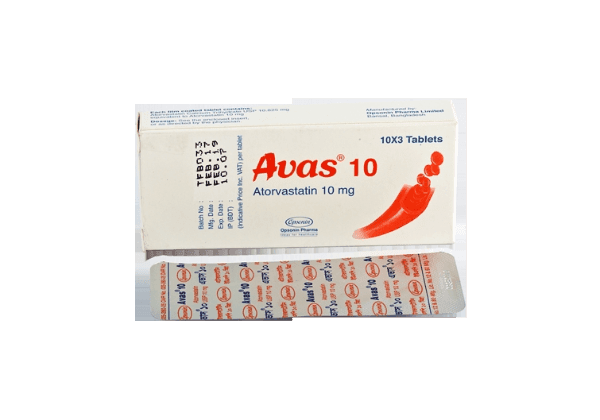
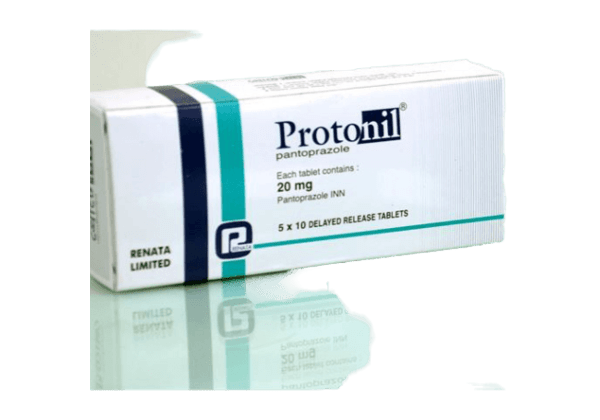
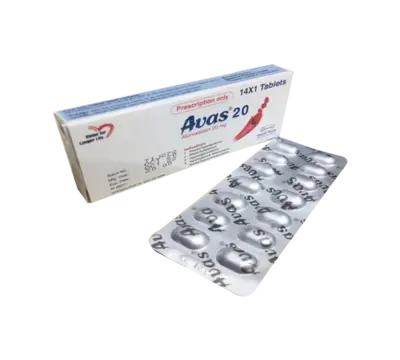


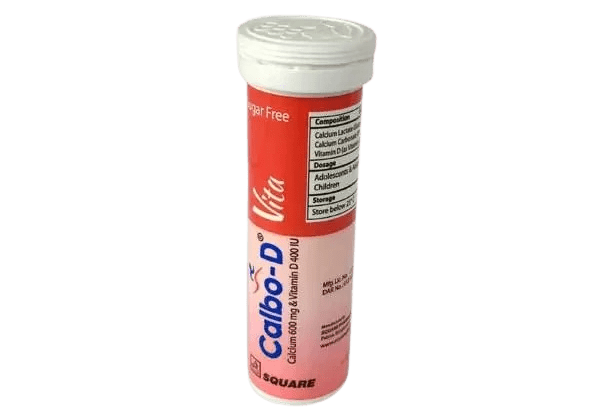
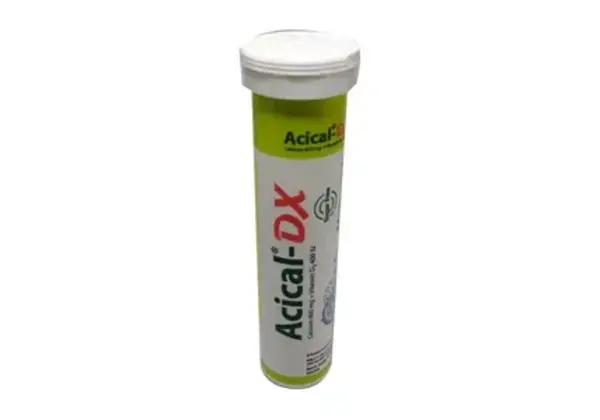
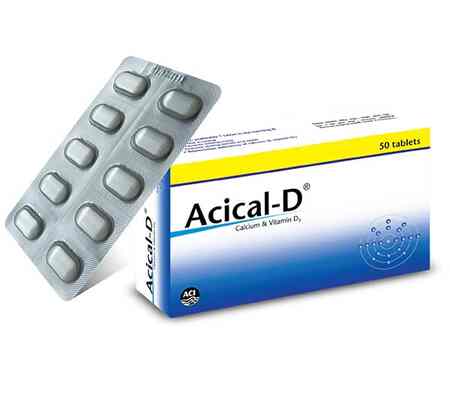

Reviews
Clear filtersThere are no reviews yet.